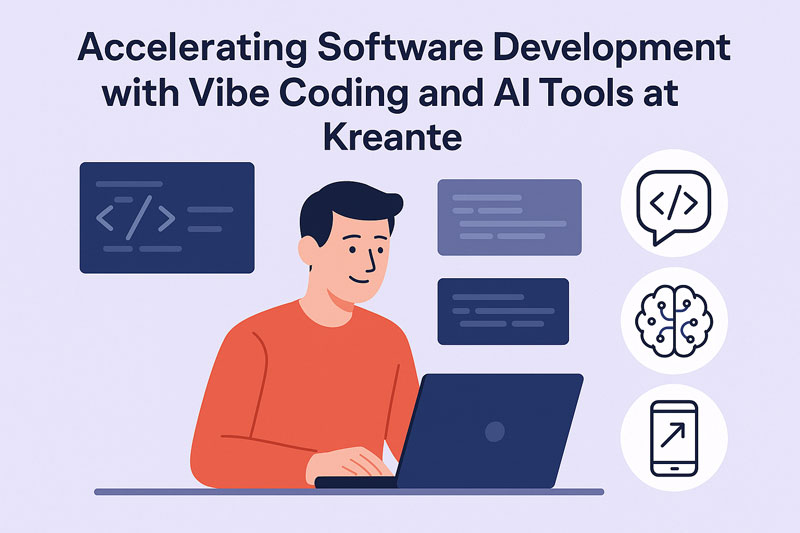

Are you interested in NoCode? You have often heard about it, especially about the strong points of this type of programming and you wish to deepen your knowledge on the subject? You are on the right page. We are going to list all the terms you need to know, in alphabetical order.
API
API or Application Programming Interface is the solution adopted in NoCode development to allow products and services to communicate data.
Automation
Automation refers to a system that automatically combines different tools to make work faster and more efficient.
Back Office
It gathers the tools that ensure the management of the showcase site or the Web application.
Database
It is a group of data that can be viewed at any time, but also changed or deleted.
Back-end
This is a hidden facet of the showcase site in Webflow that is unavailable to visitors because the data is worked on there.
Bounce rate
This is a reference in terms of bounce rate and allows to see how many people have visited a page on the site, without having taken the time to see other content.
Cloud
The Cloud refers to the possibility of benefiting from various computer services through the Internet only.
CMS or Content Management System
It is a system for creating, administering and "refreshing" websites in order to improve them.
API Key
It is a code that is made of letters and numbers and is particularly different from the password.
CRM or Customer Relationship Management
It refers to a customer relationship management software.
Client-Server
This is a term that refers to the communication between the client and the server. As an example, the client can refer to the Internet page visited by a user on a web browser that communicates with the website server in the cloud.
Source code
This is a set of readable text files that highlight instructions written in a programming language.
Data Base
This is a database that lists all the organized data. To give you an idea of what a database is, the closest example is the Excel sheet.
Domain Name System
This is a system that allows the translation of Internet domain names into IP addresses.
EMS or Email Marketing System
It is a software specifically designed to help automate the management and transfer of emails.
Dev Environment
A NoCode development environment is a collection of tools that are essential for developers who create software.
ERP
Enterprise Resource Planning or ERP is a software that manages the processes of a company.
Front-End
In contrast to the Back-End, this is everything that can be viewed on the screen and with which one can interact. Examples include HTML, Javascript and CSS.
Framework
Like a kind of library, it is an access to several tools and libraries for NoCode developers.
Growth Hacking
As its name suggests, it is about marketing strategies that allow to launch and boost the visibility of a business.
Interface
This is the link between two or more elements (programming interface).
Lowcode
It is the fusion of NoCode and code.
Graphic model
These are the most accomplished visual products of a web application or a site and which represent a preview of the final rendering of the web pages, on different digital media.
MVP
The minimum viable product designates a product that is obtained without colossal efforts, but that can already be presented to customers.
Mockups
It is a model of user interface.
NoCode
It is a new approach to web development that exempts lines of code to create applications and sites, like any other digital product.
RSS
It is a feed that comes in the form of a text file including the titles of the latest posts on a website as well as links.
SaaS
Software as a Service is a type of management that favors the subscription to online software.
Stack
These are all the tools used to develop a digital product.
Time-to-market
This is the time between the creation of a product and its commercialization.
User Flows
It is the set of steps followed by a user to reach something.
UX
User Experience is the behavior of the user in front of a service or a product.
UI
It is the user interface that is more oriented towards the functional aspect.
Workflow
It is a set of tasks that a team must ensure, according to a specific scenario and to be respected to the letter.

Accelerating Software Development with Vibe Coding and AI Tools at Kreante

Kreante: Accelerating Your AppDevelopment with Low-Code, AI, and “Vibecoding”




.png)


.svg)
